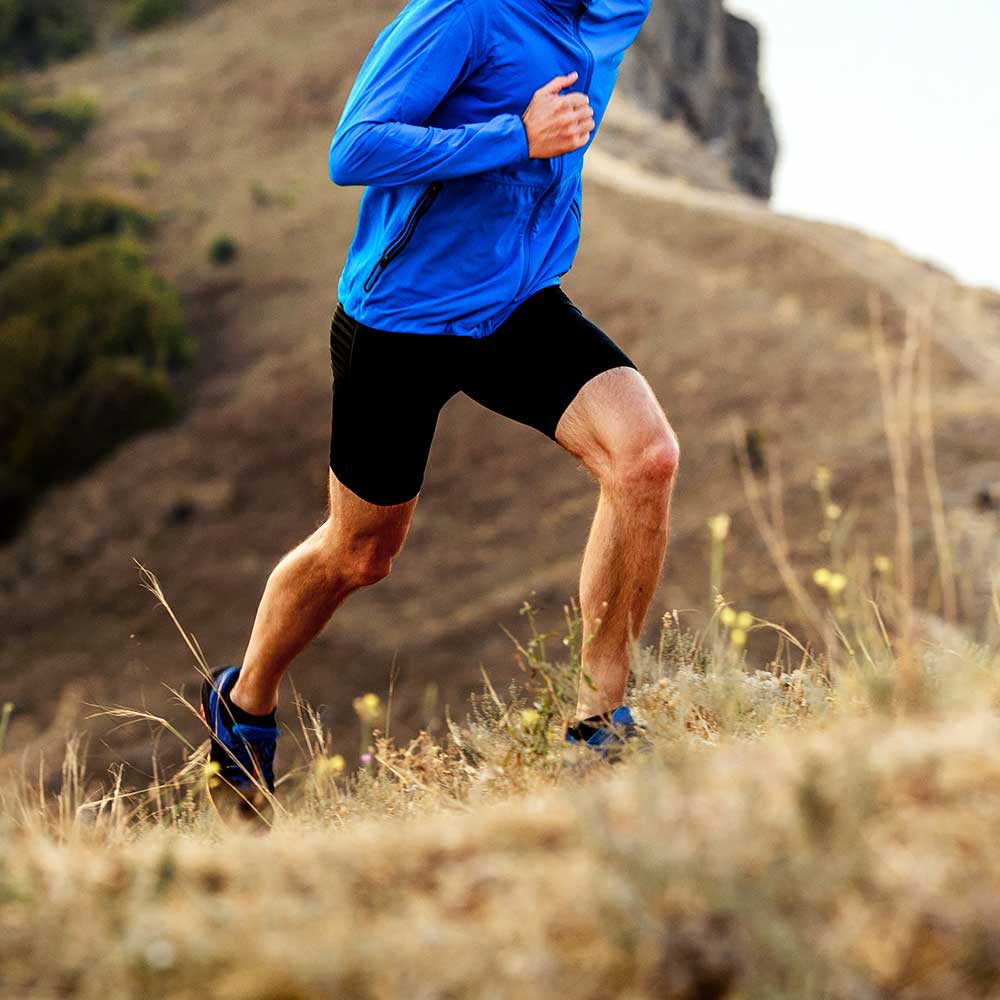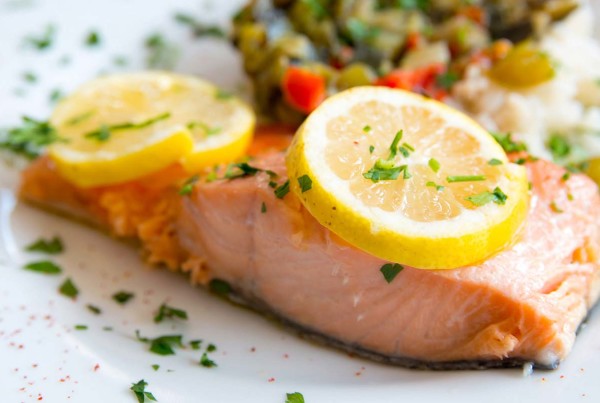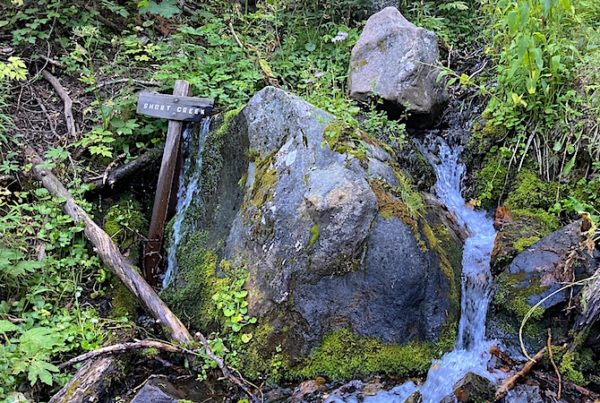
Whether you’re a runner, walker, cyclist or swimmer, a rower or weightlifter, human performance can always be improved. You can even outperform yourself! Here’s a health and fitness checklist to help you adapt well to aging by uncovering more of your human potential.
All humans are athletes until the day we die. We should not battle aging, but embrace it by being more healthy and fit.
Consider a hypothetical case of the typical athlete. He or she reaches max human potential, peaking during in their 20s. Then in their 30s, regardless of the sport, the long, slow decline begins.
Virtually all of us don’t really fit this hypothetical athlete profile. It implies we are all losers from age 30 onward, and retiring from sport is the only option. This is obviously a myth, as human performance is embraced by so many athletes of all ages in all sports.
One thing I learned from working with athletes is that there is always room for improving performance. Whether a better gait, tweaking metabolism, helping harness more mental command, or that special combination, it’s important to not give up on our natural talents.
Consider that most of us may never reach our full human potential, so the opportunity to improve later in life continues. This is true especially when competing in our respective gender or age-groups, or only with ourselves. There are countless opportunities to perform our best. This applies across all sports, and may be most evident in endurance events, where 40 and 50 year olds compete well with those 10 and 20 years younger.
Regarding gender, also consider that in ultramarathon racing greater than 70 km, women might have greater fatigue resistance and their performances might equal or better those for men. This is true in many other ultraendurance sports as well. And, there is much less increased decline with aging in these longer events for female performances compared to males.
While many women may be closing the performance gap with men, and master’s athletes are closing the gap with their younger counterparts, too many others are performing more poorly.
The fact that many people perform personal bests in midlife is a reality. Still others jump into sports for the first time in their 40s, 50s and 60s with long improvements as they age.
For most of us, competition should be more within ourselves, and not about making comparisons to younger version of who we were, or with other competitors. This common mental-emotional stress has derailed many promising performances, and takes the fun out of it.
If you’ve performed your best, you’ve won.
Let’s also remember the brain — the reason we perform the way we do, and how improving it can help us perform better. As we age, our brain has more potential than our body to perform better, in great part due to our experience and helping offset some of the losses in power or fast reflexes of youth. Bill Bowerman said, “The idea that the harder you work, the better you’re going to be is just garbage. The greatest improvement is made by the man or woman who works most intelligently.”
The brain is the part that helps us better compensate for age-related changes. Recognizing and understanding that abnormal signs and symptoms may be associated with too much workout time or intensity, and the need for more recovery — features that increase during aging — can help mature athletes avoid overtraining. An example is using a subjective approach rather than an emotional one when starting an endurance race, as too fast a start relative to one’s personal ability can impair overall performance. Many make this mistake and find themselves significantly slowing down later in the race, resulting in diminished performance.
Certainly, we have physiological changes that affect us. In addition to max power and quick reflexes used in weightlifting and sprints, physiological factors in aging endurance athletes include the deterioration in maximal oxygen consumption (VO2max). However, although other factors don’t decline, including lactate threshold and exercise economy, training the body to burn additional fat for energy can more than make up for reduced VO2max in longer events. And while anaerobic activity reduces with age, it’s a reason professionals competing on the world stage adapt to aging by competing in longer events — young 5K runners gradually move up to become middle-aged marathoners.
Many athletes also get caught up in focusing on their competitors instead of themselves, or swept along in the no pain no gain rip tide. This can result in overtraining, illness, injury, and other health factors that slow progress and prevent performance peaks; fitness can wane at any age when we train less than optimally. Overall, many allow the stress of life to get in the way. Beyond the physiology are equally important factors that are part of the game, including psychological, social, economic and intellectual ones.
In addition to its obvious outcome, poor performance should be considered an injury, one that can be physical, biochemical or mental-emotional.
As a group, runners keep racing slower. This may be due to the rising rates of these injuries, including the problem of being overfat. While records continue to fall from small numbers in lead packs, including master’s athletes, a study by Andersen and Nikolova that analyzed 34,680,750 results from 28,732 different races showed that amateur runners in 5K, 10K, half and full marathons in the U.S. between 1996 and 2016 have slowed significantly.
Removing enough of these roadblocks — see the checklist below — can help uncover more of our natural human potential.
It might seem strange that aging could give us an edge, but it can and in many ways. Someday, you’ll be in an older age-group — but you can take advantage of that now by becoming physiologically younger!
We’re no longer 18 or 20 years old. Does over 30 or 40 mean over the hill? Yes, if 50- or 60-somethings are passing you at the end of a race. So, does age really matter? Of course, it does. As the years pass, our reflexes slow, muscle mass reduces, recovery takes longer. However, if we prepare ourselves, our endurance can also improve, fat-burning can give us an edge for more muscle energy, and we can even maintain adequate strength despite the reduction in muscle mass. Moreover, when we improve our health, and train right, we can compensate well to all that aging brings on.
Winning while aging may mean finishing your first 5K or triathlon, a first long hike, or a bike across the continent. And, we have age-groups, so competing in one is a great challenge.
Below are some key issues that protect the health of aging athletes, with links to learn more. Training and racing is important too, so let’s look at fitness first.
Fitness
• Be acutely aware of your MAF HR, and confirm it with the MAF Test.
• Improve strength despite muscle loss.
• Aging feet — reduced muscle mass and fat pads in aging feet may mean you need different shoes that fit better.
• Improved aerobic fitness and increased aerobic speed, can help compensate for age.
• Increasing recovery is especially more important with aging.
Health
• Insulin resistance increases with age — be aware of your tolerance level for carbohydrates (and especially avoid junk food).
• Be aware of the issues of water toxicity and sodium loss.
• Get rid of unnecessary meds (and raise your training HR)!
• Hold on to testosterone by reducing stress.
• Reduce disease risk, build a better brain, and improve performance by eliminating excess body fat.
References
Akkari A, et al. Greater progression of athletic performance in older Masters athletes.
Age Ageing. 2015;44(4). doi: 10.1093/ageing/afv023.
Baker AB, Tang YQ. Aging performance for master’s records in athletics, swimming, rowing, cycling, triathlon, and weightlifting. Exp Aging Res. 2010;36(4). doi: 10.1080/0361073X.2010.507433.








